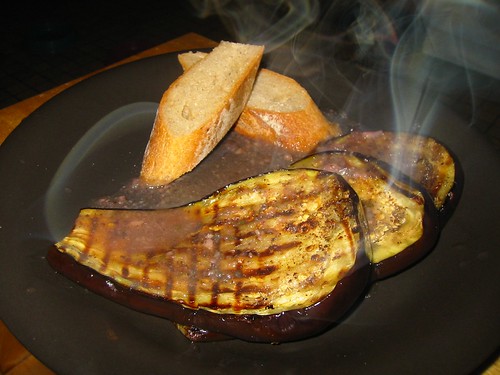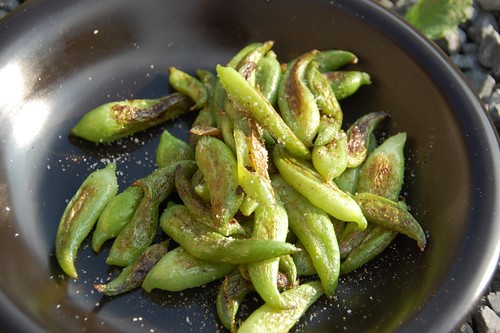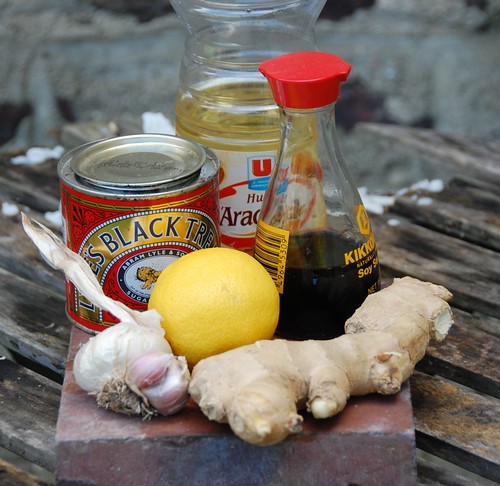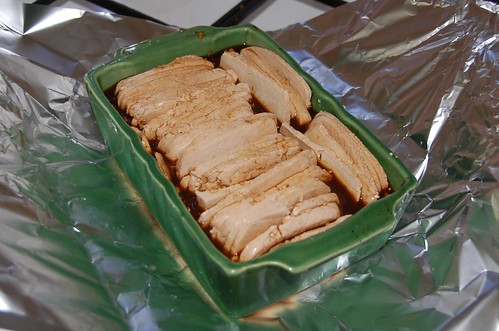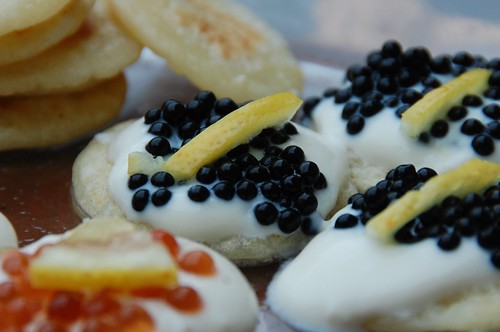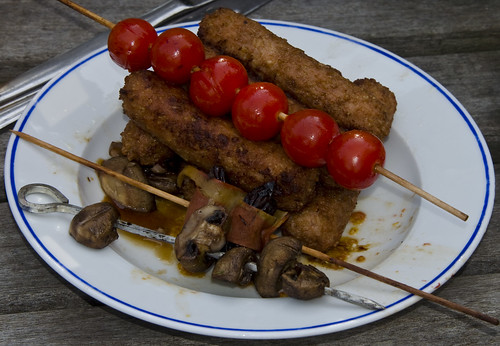

My theme for MoFo this year is menu-testing for the Supper Club, of which more later - I'm hoping a string of failures will improve my skills and remove my bad judgement in time for next month - but I realise that some readers browsing past for the first time may have not the slightest idea what I'm on about.
Supper Clubs are aren't that new, but most recently have come to a sort of fashionability peak with celebrity chefs and high end restaurants jumping on board to take the glory. Most people could therefore be forgiven for thinking they are some sort of marketing vehicle for the already established but the origins and ethos is much deeper than that.
Cooked food sales have always been a way to add value to raw ingredients and provide a way of making a living. You don't need to be famous or have a lot of money to get started or to put yourself on a never-ending commercial grindstone. It's a much gentler form of enterprise.
Think street food, artisan producers who work from their own kitchens, the shared meals offered by housewives from their own homes to strangers across the world to help offset the costs of feeding their own families.
I've written about it before
here and there's not much point in duplicating that post but inviting diners to your own home is a way of sharing skills and company and food that is intensely personal. It really is a hospitable business.
There are now three dates set for this autumn, all in the UK:
Newport Pagnell, Buckinghamshire - at our own home, with Mr. Stripey to oversee front of house. Newport Pagnell is near Milton Keynes.
12th November 2011Sherwood, Nottingham - with Alex, who has been a contestant on Come Dine with Me so will have some stories to tell.
26th November 2011Ealing, West London - with Chris, who is a talented candid photographer. Bring your cheesiest smiles.
3rd December 2011At each event you will be welcomed with an aperitif and nibbles, three courses of vegan food cooked by me and finishing with coffee (or tea) and petits fours. Water and some soft drinks will be available throughout the meal but if you'd like wine or other alcoholic drinks with your meal please bring your own. We can provide glasses and corkscrews but we're not allowed to sell alcohol.
Seating is at shared tables and we're happy to accept bookings from single people, groups and couples.
Tickets are already available from
Wegottickets for Newport Pagnell and will shortly be available for the other venues. Check on the links above to see when they're up. You can also follow me on twitter
@catofstripes or the
Stripey Cat Supper Club page on Facebook for more information or email me directly about it at catofstripes[at]gmail[dot]com if you'd like to make a booking and pay in cash.
And if you can't make any of these dates but still fancy an Underground Supper Club experience nip over to
Find a Supperclub, become a Fan where you'll find lots of events across the country to choose from (although they won't all be veg*n).

